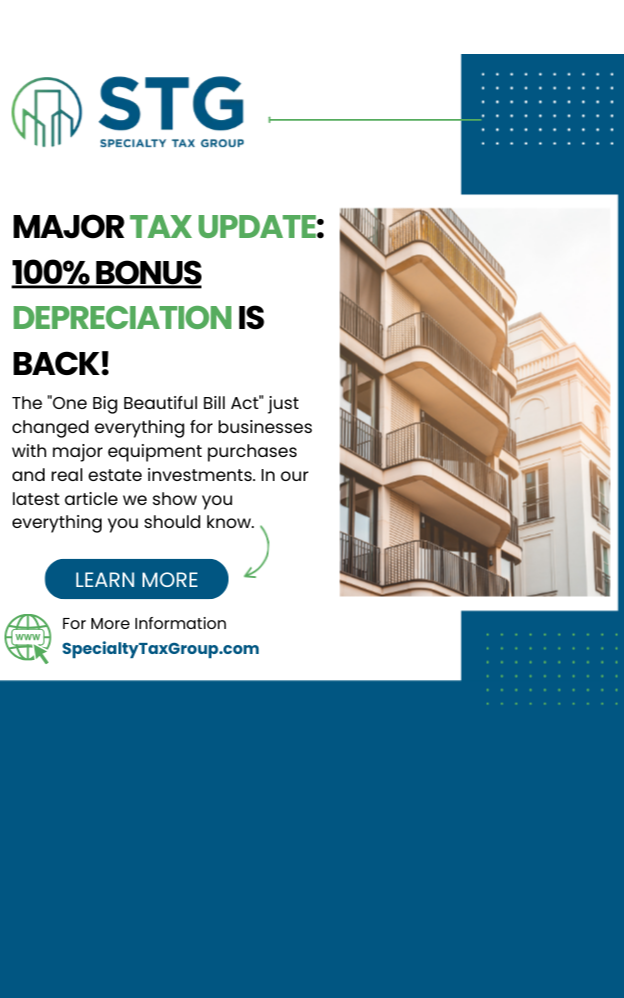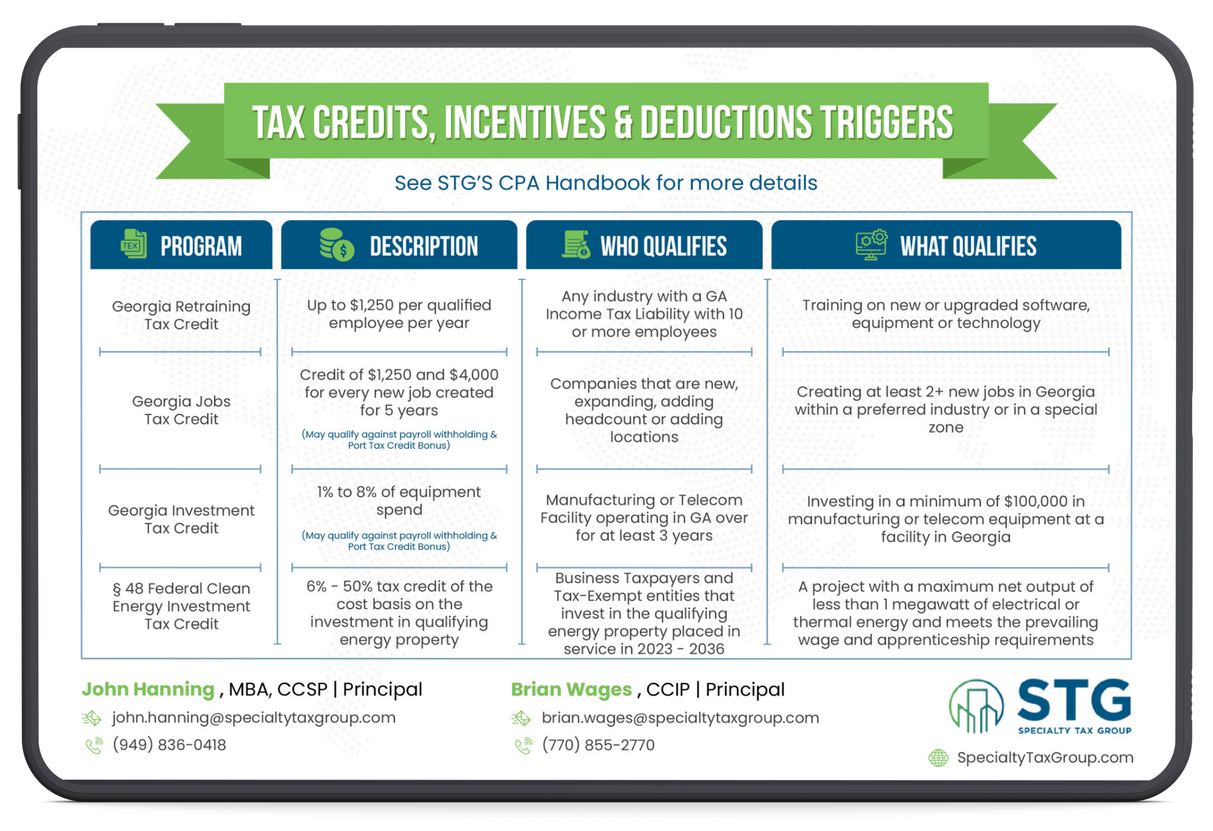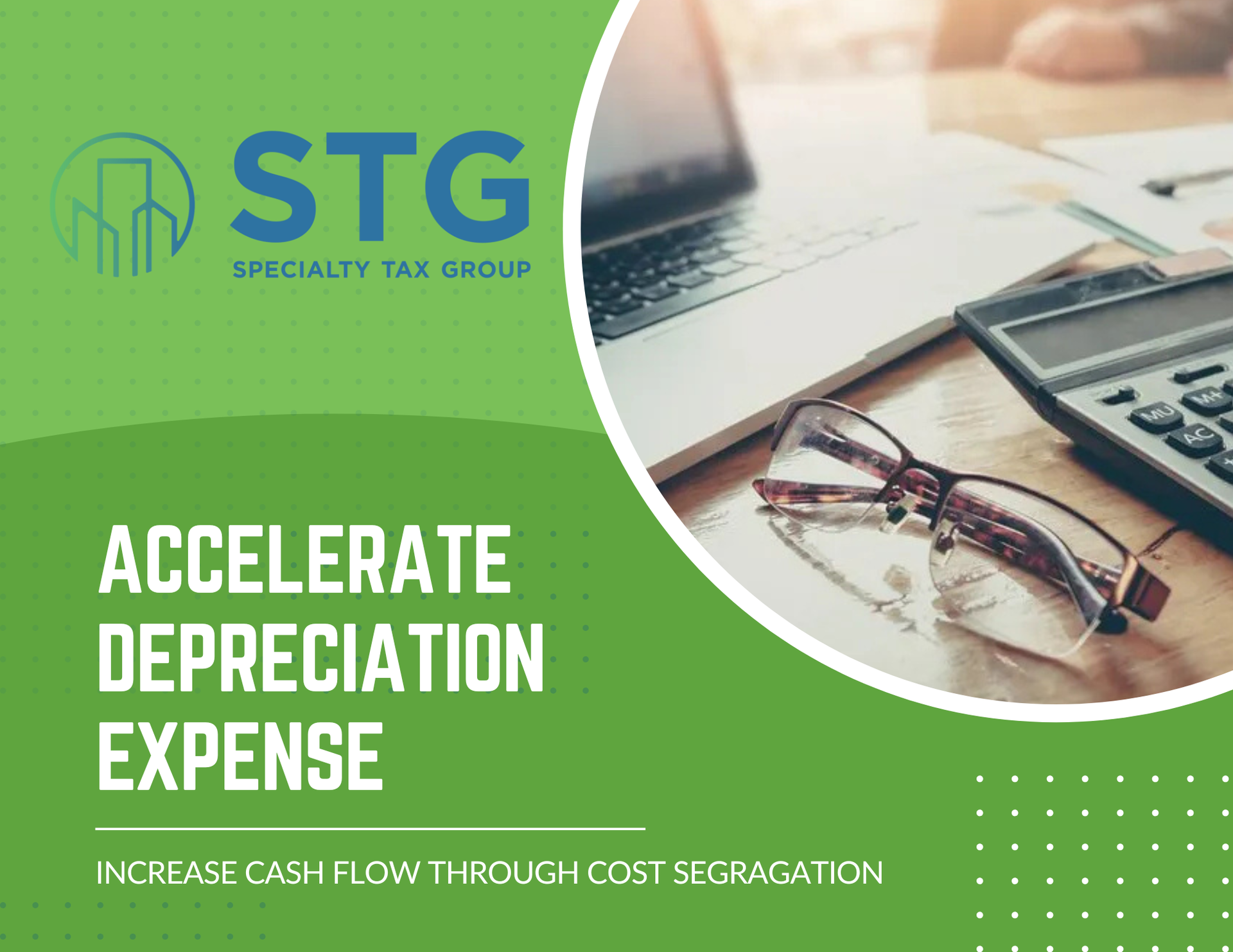This blog post has been researched, edited, and approved by John Hanning and Brian Wages. Join our newsletter below.
Changing your accounting method can unlock massive tax savings, but only if you file Form 3115 correctly. This IRS form lets you switch from your current depreciation method to reflect the results of a later cost segregation, potentially saving you tens of thousands—or even hundreds of thousands—of dollars on your taxes. Here's exactly how to do it right.
What Exactly Is Form 3115 and Why Does It Matter?
Form 3115 is the IRS's "Application for Change in Accounting Method." Think of it as your official request to change how you depreciate business assets, especially when you want to implement cost segregation studies on your previously acquired properties.
Here's why this matters: When you originally filed your taxes, you probably depreciated your entire building over 27.5 years (residential) or 39 years (commercial). But with cost segregation, you can reclassify portions of that building into 5, 7, and 15-year property categories, dramatically accelerating your depreciation.
The numbers speak for themselves. A cost segregation study on a $13.5 million retail shopping center purchased in 2021 generated $1,168,876 in tax savings in the first year alone. That's the power of properly executed accounting method changes.
The Two Types of Method Changes You Need to Know
Before we dive into the filing process, you need to understand there are two types of accounting method changes:
Automatic Changes don't require IRS approval beforehand. Most cost segregation changes fall into this category, making the process smoother and faster. You file Form 3115 with your tax return and implement the change immediately.
Non-Automatic Changes require advance IRS approval and involve more paperwork, higher fees, and longer wait times. These are typically for more complex or unusual accounting method switches.
The good news? Most real estate cost segregation changes qualify as automatic changes under Revenue Procedure guidelines.
Step 1: Identify Your Need for Change
You can't just randomly decide to file Form 3115. You need a legitimate business reason for changing your accounting method. Here are the most common scenarios:
- You have owned a commercial or residential rental property which was placed in service in a prior year and haven't done cost segregation
- You've completed a cost segregation study and need to implement the new depreciation schedule
- You've been using straight-line depreciation when accelerated methods would be more beneficial
- You need to correct previous depreciation errors
Start by reviewing your fixed asset schedule. Look for buildings, improvements, or equipment where you might benefit from accelerated depreciation. This is where partnering with specialists makes sense—cost segregation services can identify opportunities you might miss.
Step 2: Gather Your Documentation
Form 3115 requires specific supporting documentation. Don't wait until the last minute to collect these items:
Property Records:
- Purchase agreements and closing statements
- Previous tax returns showing current depreciation methods
Cost Segregation Study:
If you're implementing cost segregation, you'll need a detailed study that identifies personal property components. This study should separate building costs into appropriate asset classes with supporting engineering analysis.
Financial Records:
- Depreciation schedules from previous years
- Fixed asset registers
- Any prior Form 3115 filings
The quality of your documentation directly impacts your success with the IRS. Incomplete records lead to delays, rejections, or audit triggers.
Step 3: Prepare Form 3115 Properly
Form 3115 has multiple parts, and each section requires careful attention. Here's what you need to focus on:
Part I - General Information:
This section identifies you as the taxpayer and describes the change you're requesting. Be specific about the assets involved and the change you're making.
Part II - Change in Overall Method:
Most cost segregation changes won't use this section, as you're typically changing methods for specific assets, not your entire accounting system.
Part III - Change in Method of Accounting for Depreciation:
This is where cost segregation changes get documented. You'll detail the old method, new method, and assets affected.
Part IV - Section 481(a) Adjustment:
This critical section calculates the cumulative difference between your old and new methods. It prevents double deductions and ensures proper tax treatment.
A $10 million commercial office building study identified approximately 30% of the building's cost as 5-year or 7-year property, resulting in an additional $500,000 in first-year deductions. That's the kind of impact proper Form 3115 preparation can have.
Step 4: Calculate Your Section 481(a) Adjustment
The Section 481(a) adjustment is often the most complex part of Form 3115. This adjustment ensures you don't get double deductions or miss out on legitimate ones when changing methods.
Here's how it works: The IRS compares what you would have deducted under your new method versus what you actually deducted under your old method. The difference becomes your Section 481(a) adjustment.
Positive Adjustments (when the new method produces larger cumulative deductions) are generally favorable. You can often spread these over four years to smooth the tax impact.
Negative Adjustments (when the old method produced more deductions) must typically be included in income in the year of change, though some exceptions apply.
For complex properties, this calculation requires detailed depreciation modeling. Many taxpayers benefit from working with accounting method specialists to ensure accuracy.
Step 5: Understand Filing Timelines and Deadlines
Timing is everything with Form 3115. Here are the key deadlines you must meet:
For Automatic Changes:
- File Form 3115 with your timely filed original return (including extensions)
- For calendar year taxpayers, this typically means by October 15th if you file an extension
- No advance IRS approval required
For Non-Automatic Changes:
- File Form 3115 by the extended due date of the year you want to make the change
- Pay the appropriate user fee ($9,000 for most businesses as of 2024)
- Wait for IRS approval before implementing the change
Missing these deadlines can be costly. Late filings for automatic changes might be rejected, forcing you to wait until the next tax year or file as a non-automatic change with higher fees.
Step 6: File and Coordinate with the IRS
Once your Form 3115 is complete, proper filing is crucial:
Where to Send It:
- Automatic changes go with your tax return to the regular processing center
- Non-automatic changes go to the IRS National Office in Washington, D.C.
Required Attachments:
- Copy of any cost segregation study
- Detailed depreciation calculations
- Supporting documentation for asset classifications
User Fees:
- Most automatic changes have no fee
- Non-automatic changes typically require $9,000+ in user fees
After filing, maintain copies of everything. The IRS might have questions during processing or future audits. Having organized records makes these interactions much smoother.
Step 7: Monitor and Maintain Compliance
Filing Form 3115 isn't the end—it's the beginning of your new accounting method. Here's what you need to do afterward:
Update Your Records:
- Revise depreciation schedules to reflect the new method
- Update fixed asset registers
- Ensure your tax software or accountant implements changes correctly
Track Section 481(a) Adjustments:
If you're spreading an adjustment over multiple years, track it carefully. Missing subsequent years creates compliance problems.
Prepare for Potential Audits:
Method changes can trigger IRS scrutiny. Keep detailed support for your Form 3115 and any underlying studies. Consider engaging professionals experienced in
IRS audit support if questions arise.
The Bottom Line on Form 3115 Success
Filing Form 3115 for cost segregation and other method changes can generate substantial tax savings, but the process demands attention to detail. A $15 million manufacturing facility resulted in an additional $525,000 in first-year deductions through proper method changes—that's $157,500 in tax savings at a 30% rate.
The key is thorough preparation, accurate documentation, and understanding IRS requirements. Whether you're implementing cost segregation findings or making other depreciation method changes, Form 3115 is your gateway to legitimate tax optimization.
Remember, these changes affect multiple tax years and can trigger IRS reviews. Working with experienced professionals helps ensure compliance while maximizing benefits. The upfront investment in proper Form 3115 preparation typically pays for itself many times over through increased tax savings.
2024 Tax Guide





